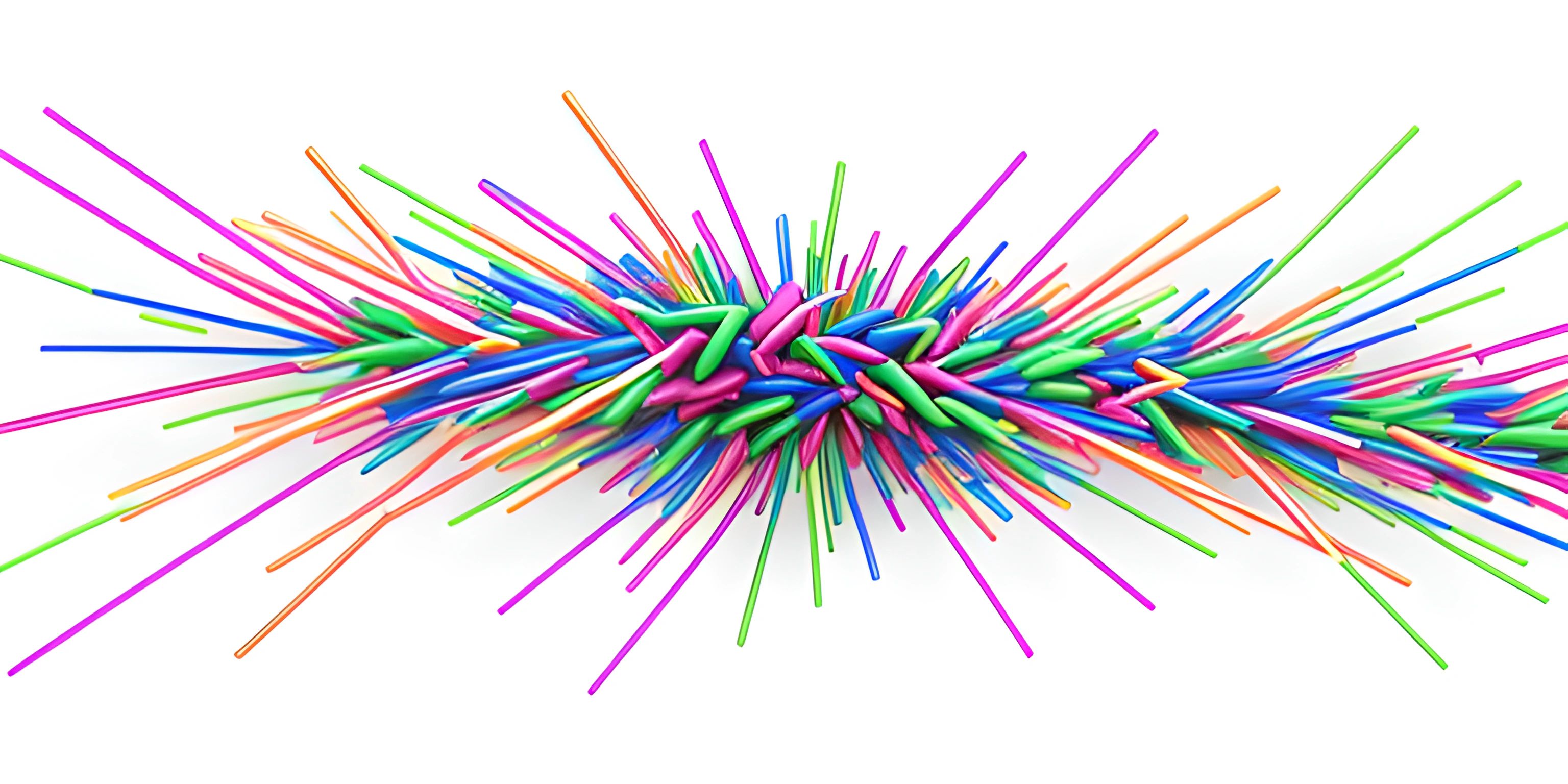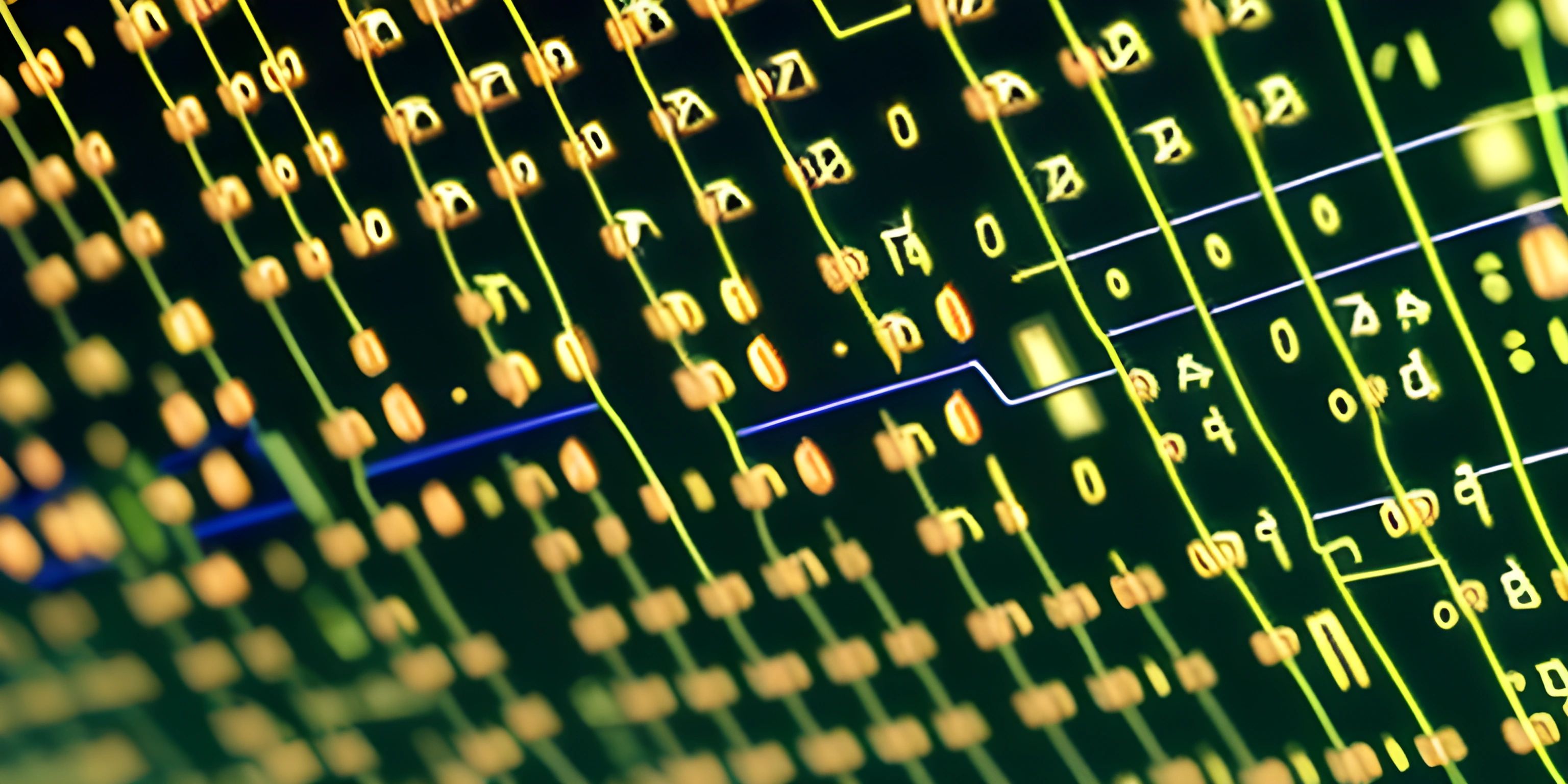Dictionary Basics

Note: this page has been created with the use of AI. Please take caution, and note that the content of this page does not necessarily reflect the opinion of Cratecode.
Dictionaries, also known as associative arrays, hash maps, or hash tables, are a fundamental data structure in programming. They are like a super-powered filing cabinet that stores pairs of keys and values. Just as you'd look for a file in a cabinet by its label, you can retrieve a value from a dictionary using its corresponding key. Get ready to dive into the world of dictionaries and learn why they are so popular in the programming world!
What is a Dictionary?
A dictionary is a collection of key-value pairs. Each key in the dictionary is unique and maps to a specific value. Dictionaries are versatile and efficient, making it easy to search, modify, and delete items. They are particularly useful when you need to organize data in a way that makes it easy to look up by an associated key.
Suppose you want to store the birthdays of your friends. You could use a dictionary where the keys are your friends' names and the values are their respective birthdates. Here's a simple example using Python:
birthdays = {
"Alice": "January 10",
"Bob": "February 20",
"Carol": "March 30"
}Now, if you want to look up Alice's birthday, you can simply use her name as the key:
print(birthdays["Alice"]) # Output: January 10
Basic Dictionary Operations
Dictionaries provide a range of operations you can perform, such as adding, updating, and removing key-value pairs. Let's explore some common operations:
Adding and Updating Key-Value Pairs
To add a new key-value pair or update an existing one, you can use the assignment operator (=). For example, let's add a new friend named "Dave" to our birthdays dictionary:
birthdays["Dave"] = "April 4"
If we want to update Alice's birthday, we can simply reassign the value associated with her name:
birthdays["Alice"] = "January 11"
Removing Key-Value Pairs
To remove a key-value pair from a dictionary, you can use the del keyword followed by the key. For instance, if you no longer need to store Bob's birthday:
del birthdays["Bob"]
Checking if a Key Exists
It's essential to ensure a key exists in the dictionary before trying to access its value. You can do this using the in keyword. For example, to check if "Eve" is in the birthdays dictionary:
if "Eve" in birthdays:
print("Eve's birthday is", birthdays["Eve"])
else:
print("Eve's birthday is not in the dictionary")Iterating Over a Dictionary
Dictionaries are iterable, which means you can loop through their keys and values. Here's an example of how to iterate over the birthdays dictionary and print each friend's name and birthday:
for name, birthday in birthdays.items():
print(name, ":", birthday)Time and Space Complexity
Dictionaries offer fast lookups, insertions, and deletions. In most programming languages, these operations have an average time complexity of O(1). However, dictionaries can consume more memory than other data structures like lists or arrays, as they need to store both keys and values.
In conclusion, dictionaries are a powerful and widely-used data structure in programming. They offer efficient operations and make it easy to associate keys with values, making them an excellent choice for various tasks, such as counting word frequencies, implementing caches, or storing configuration settings. Now that you've got a grasp on dictionary basics, you can confidently wield their power in your programming adventures!
Hey there! Want to learn more? Cratecode is an online learning platform that lets you forge your own path. Click here to check out a lesson: Basic Concepts (psst, it's free!).





